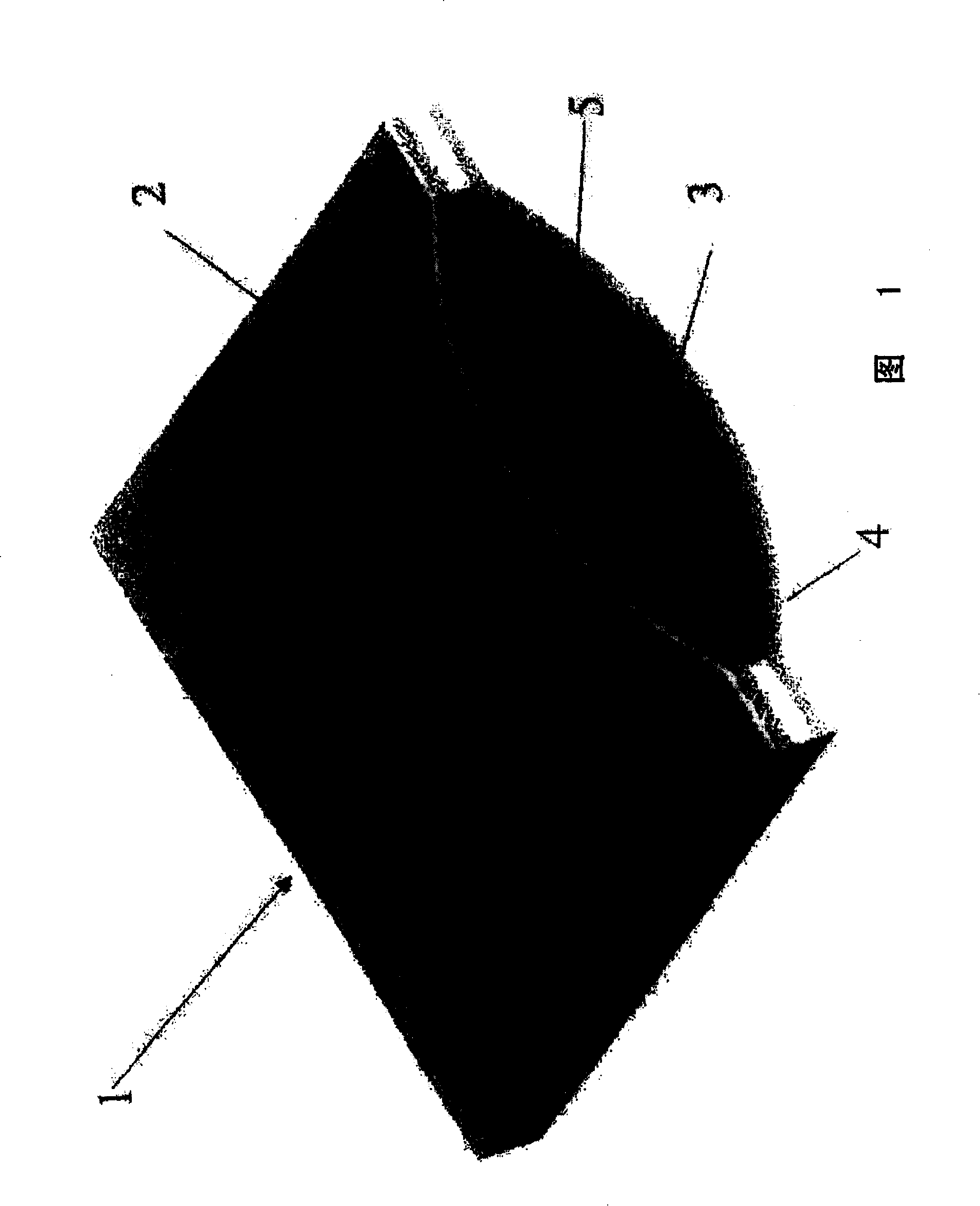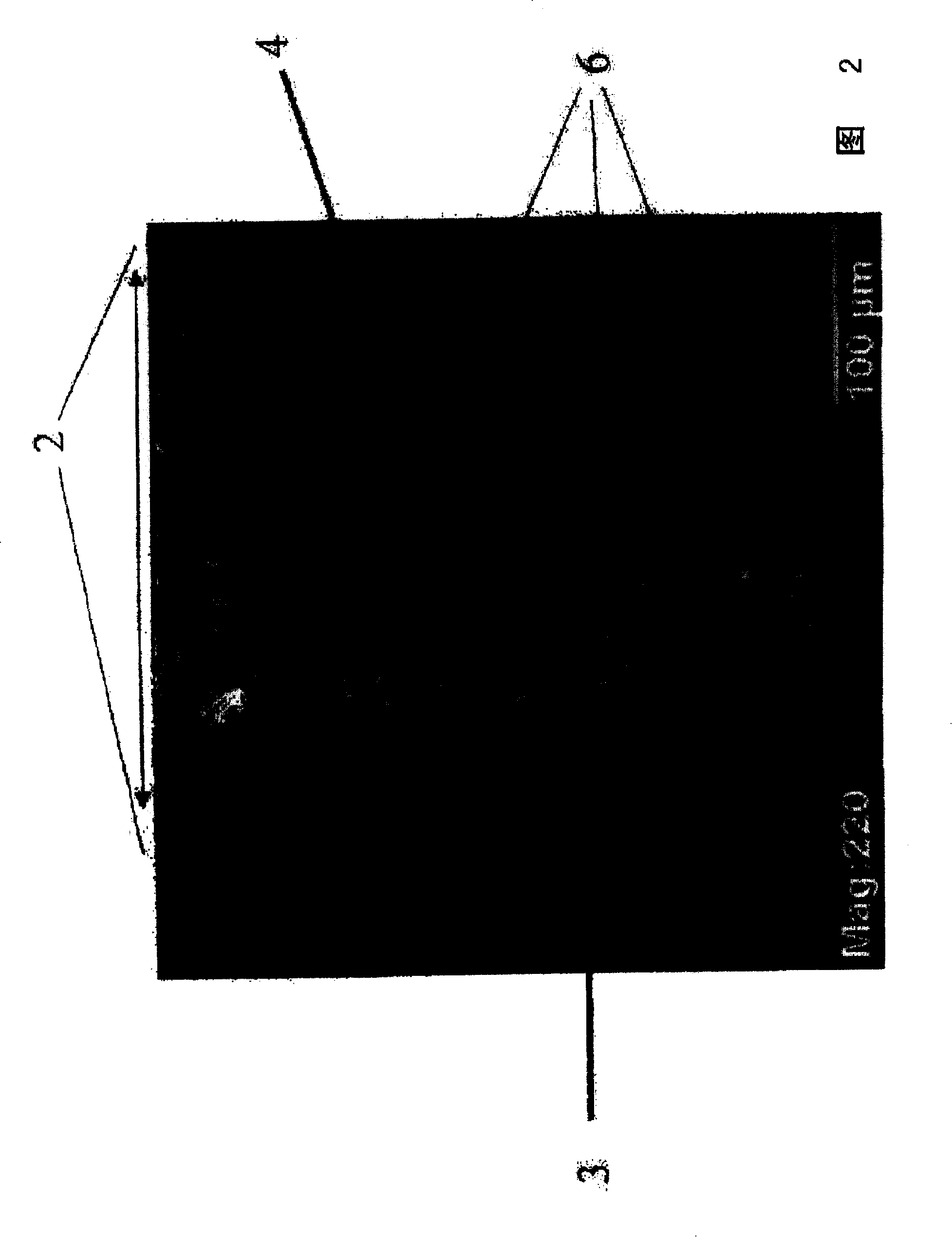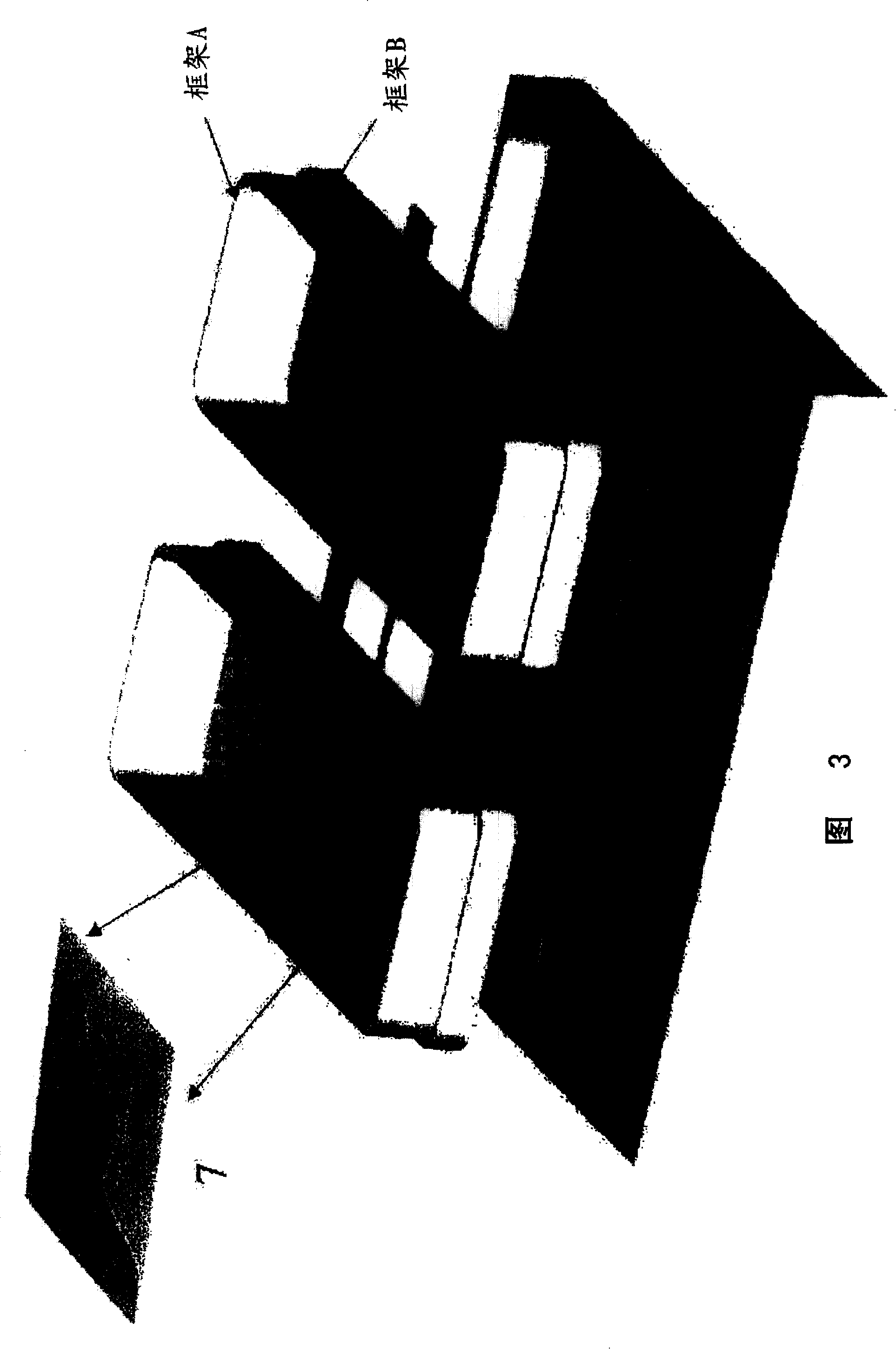Implantable pouch seeded with insulin-producing cells to treat diabetes
A technology of cells and islets, applied in the field of implantable porous capsules
- Summary
- Abstract
- Description
- Claims
- Application Information
AI Technical Summary
Problems solved by technology
Method used
Image
Examples
Embodiment 1
[0050] Example 1: Preparation of an implantable capsule
[0051] Polymer solutions are prepared to be lyophilized in capsules. The polymer used to generate the foam component was a copolymer of 35% PCL and 65% PGA (35 / 65 PCL / PGA) produced by Birmingham Polymers Inc. (Birmingham, AL), measured in HFIP at 30°C. The I.V. of the polymer was 1.79 dL / g. 1,4-dioxane / (35 / 65PCL / PGA) was weighed in a weight ratio of 95 / 5. The polymer and the solvent were placed in a flask, placed in a water bath at 70° C. and stirred for 5 hours in sequence. The solution was filtered with an extraction cannula (ultra-large pore size, model ASTM170-220 (EC)) and stored in a flask.
[0052] A mesh made of a reinforced mesh material knitting (code VKM-M) formed from a 90 / 10 copolymer of polyglycolic acid / polylactic acid (PGA / PLA) was ironed using a die-casting die at 80° C. for 2 minutes. After preparing the mesh, 0.4 mm spacers were placed on each end of the 15.3 x 15.3 cm aluminum mold and the two me...
Embodiment 2
[0054] Example 2: Preparation of an implantable capsule
[0055] A biodegradable capsule was prepared as described in Example 1, except that Textile Vicryl (code VWM-M) used a reinforcement mesh formed from a 90 / 10 copolymer of polyglycolic acid / polylactic acid (PGA / PLA) shape material.
Embodiment 3
[0056] Example 3: Preparation of an implantable capsule
[0057] A biodegradable bladder was prepared as described in Example 1, except that a woven reinforced mesh material was used, which was formed from 100% PDS.
PUM
 Login to View More
Login to View More Abstract
Description
Claims
Application Information
 Login to View More
Login to View More - R&D
- Intellectual Property
- Life Sciences
- Materials
- Tech Scout
- Unparalleled Data Quality
- Higher Quality Content
- 60% Fewer Hallucinations
Browse by: Latest US Patents, China's latest patents, Technical Efficacy Thesaurus, Application Domain, Technology Topic, Popular Technical Reports.
© 2025 PatSnap. All rights reserved.Legal|Privacy policy|Modern Slavery Act Transparency Statement|Sitemap|About US| Contact US: help@patsnap.com



